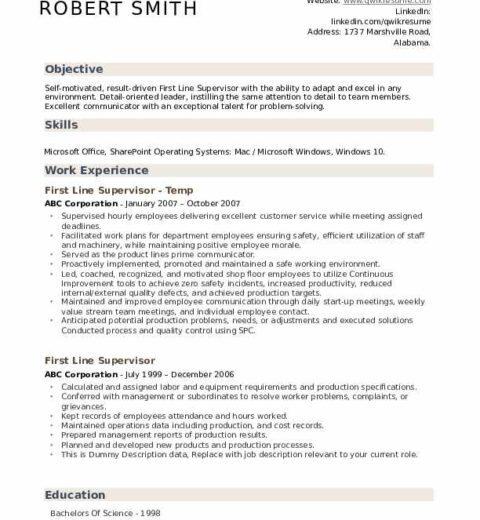In the competitive landscape of job hunting, the resume often serves as the primary vessel through which candidates navigate towards their desired career destinations. To optimize this navigational tool, one must confront the pivotal question: How many jobs should be included on a resume? The answer to this inquiry is not merely quantitative; it encapsulates a delicate balance of clarity, relevance, and cogency.
Imagine the resume as a garden—a curated space where every flower represents skills, experiences, and employment history. If a garden is overly crowded, potential visitors may feel overwhelmed, struggling to appreciate the individual beauty of each bloom. Similarly, a resume stuffed with excessive job listings can obscure the essence of a candidate’s qualifications. Herein lies the art of selection: choosing the right number of previous positions not only highlights profound dedication but distills the story into its most compelling narrative.
Understanding the ideal number of job listings hinges upon several variables, including career stage, relevance, and industry standards. For fresh graduates or those embarking on a new career path, fewer positions may suffice. A concise overview of internships and educational experiences can effectively illustrate potential without diluting the impact. Typically, limiting the resume to one to three relevant positions is advisable, allowing room to emphasize accomplishments and contributions within those roles. This focus not only showcases an emerging professional’s capabilities but instills confidence in prospective employers.
For seasoned professionals, the calculus grows more intricate. As seasoned sailors accumulate experience on the high seas, so too do candidates amass a wealth of roles to showcase their journey. The general guideline for experienced individuals tends towards including positions spanning the last 10 to 15 years. For many in the workforce, this usually translates to three to five positions. Each role should be chosen meticulously, ensuring it echoes the candidate’s authentic trajectory while aligning with the target job description. Here, quality supersedes quantity; employers seek a coherent narrative of upward mobility, specialized skill sets, and tangible successes.
Moreover, the nature of the industry in question profoundly influences how many roles to include. More technical fields, such as information technology or engineering, may afford candidates the latitude to itemize numerous roles, especially if each position emphasizes distinct, applicable skills. On the other hand, creative sectors may benefit from a more curated approach, where a select number of striking experiences can better communicate a unique artistic vision or brand identity.
But what metrics can we utilize to assess which positions warrant inclusion? A judicious standard is the relevance of each role to the desired job. Think of each position as a thread in a tapestry; only the most significant threads contribute to the overall picture. As you evaluate past roles, consider job responsibilities, skills utilized, and achievements earned. If the role is tangentially related to the job you seek today, it may deserve a place on the resume only if it offers something significant to the narrative. Additionally, if a position yielded notable accomplishments—promotions, awards, or successful projects—it merits inclusion, provided it aligns with your current professional aspirations.
Each entry on a resume should be capable of standing on its own—each must convey a clear contribution to a larger narrative. The summary statement or objective at the top of the resume will provide valuable context, guiding employers as they journey through your offered experiences. Therefore, customizing the narrative is essential. Tailoring your resume to reflect specific job opportunities rather than employing a one-size-fits-all approach can be advantageous. Employers are inclined to favor candidates who exhibit familiarity with their organization and articulate how their past endeavors prepare them to add unique value.
Effective brevity plays an equally critical role in shaping the ideal resume. The favored resume length is typically one page for candidates with less than ten years of experience and can extend to two pages for those with extensive backgrounds. It is essential to keep in mind that a succinct, well-edited resume typically garners more attention than a sprawling document. Each word should be calibrated, each sentence crafted to convey maximum impact without muddling the clarity of your message.
Consider further the impact of a unique appeal—the candidate’s personal brand. Crafting a resume with a distinctive voice can set one apart in a sea of sameness. By interspersing metrics, industry jargon, and personal philosophies about work, the applicant can imbue their resume with a spirit that resonates with prospective employers. Highlighting unique initiatives undertaken, innovative projects spearheaded, or invaluable insights gained can provide a sophisticated allure that transcends mere job listings.
In conclusion, the equilibrium of how many jobs can fit seamlessly into a resume dwells at the intersection of relevance and clarity. By filtering previous roles through the lens of their contribution to the applicant’s overarching narrative, candidates can present a compelling case for their candidacy. Just as a gardener diligently tends to each bloom, pruning away the excess to reveal a stunning display, so too must job seekers refine their resumes, ensuring that every job represented adds undeniable value to the overall symphony of their professional profile.




